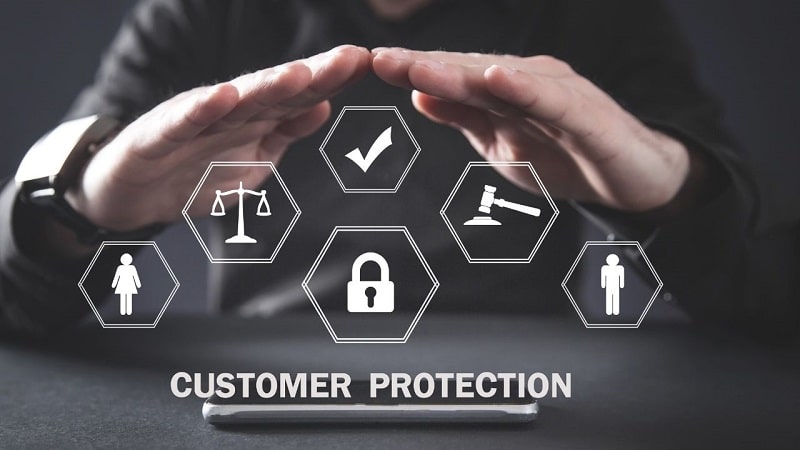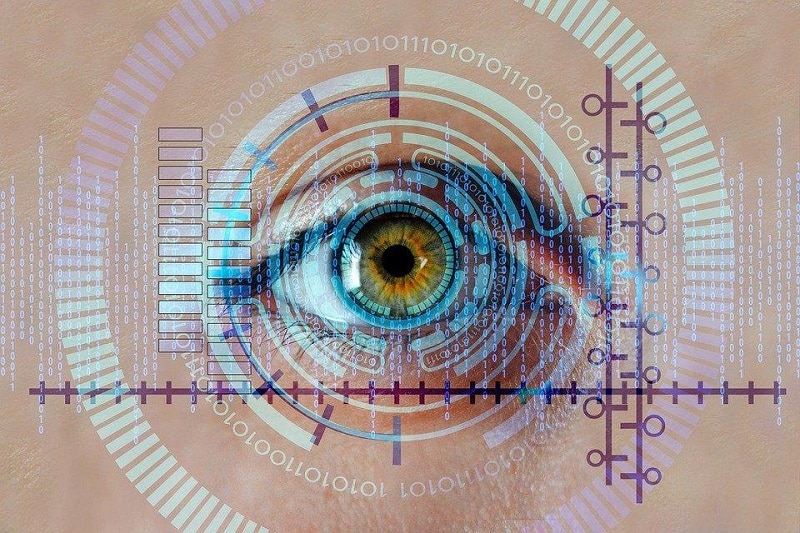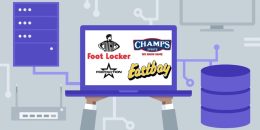
The future is digital. This is something anyone can tell you, especially as the internet has changed how we consume information. From revolutionizing communication to current awareness of world events, everything that we need is just a click away.
With all that is available online, it should be no surprise that internet users have a digital identity, containing several attributes such as your name and address.
Companies employ a range of methods to ensure that the data from your digital identity is protected in a seamless and flexible way, from two-factor authentication to step-up authentication protecting the most sensitive information.
Authentication Enrolment
Customer Identity and Access Management (CIAM) is a method used by companies to manage digital identities. When a company uses a CIAM, it can store and manage customer identities, as well as provide several lanes of security.
There are also features related to two-factor authentication, which means a user must prove they are who they say they are, by providing two pieces of information. For example, entering in a code on your mobile phone to access your emails on another device. By using these two pieces of information, only the person who created the account can access the relevant information.

Verification Methods
Have you ever had to create an account and been told to provide answers to some security questions? These answers are a type of verification method and are known as knowledge-based authentication.
They verify a person’s identity by requiring an answer to a question only that individual should know. This is one of the easiest methods of verification for customers to understand, however with social media seeping into our lives, answers have become significantly easier to guess.
If you wanted a verification method that offers a higher level of convenience and safety for customers, then biometrics can be used. From facial and voice recognition to retina scanning and fingerprinting, these methods use no passwords, and depending on the biometric used, are unique to you.
Biometrics are also a good replacement for usernames if you use two-factor authentication, as it is something unique to you.
Step-up Authentication
Step-up authentication is used to ensure sensitive information is kept secure, by prompting users for more credentials when they request access to it. Providing easy access to certain information, and secure access to sensitive information shows the users that you take protecting their information seriously.
An example of this is if you are wanting to transfer a large amount of money to another account, you might be asked to enter a one-time passcode to complete the transaction. This means that the risk level is being matched to the assurance level of authentication.

While it can be easy to think that your data isn’t safe, businesses are doing everything they can to keep it protected. This is done by letting customers choose how they verify their identity when wanting to access their information, to using step-up authentication as a way of protecting sensitive information.
With all these steps in place, you can rest assured knowing that the businesses you use are protecting your information.










